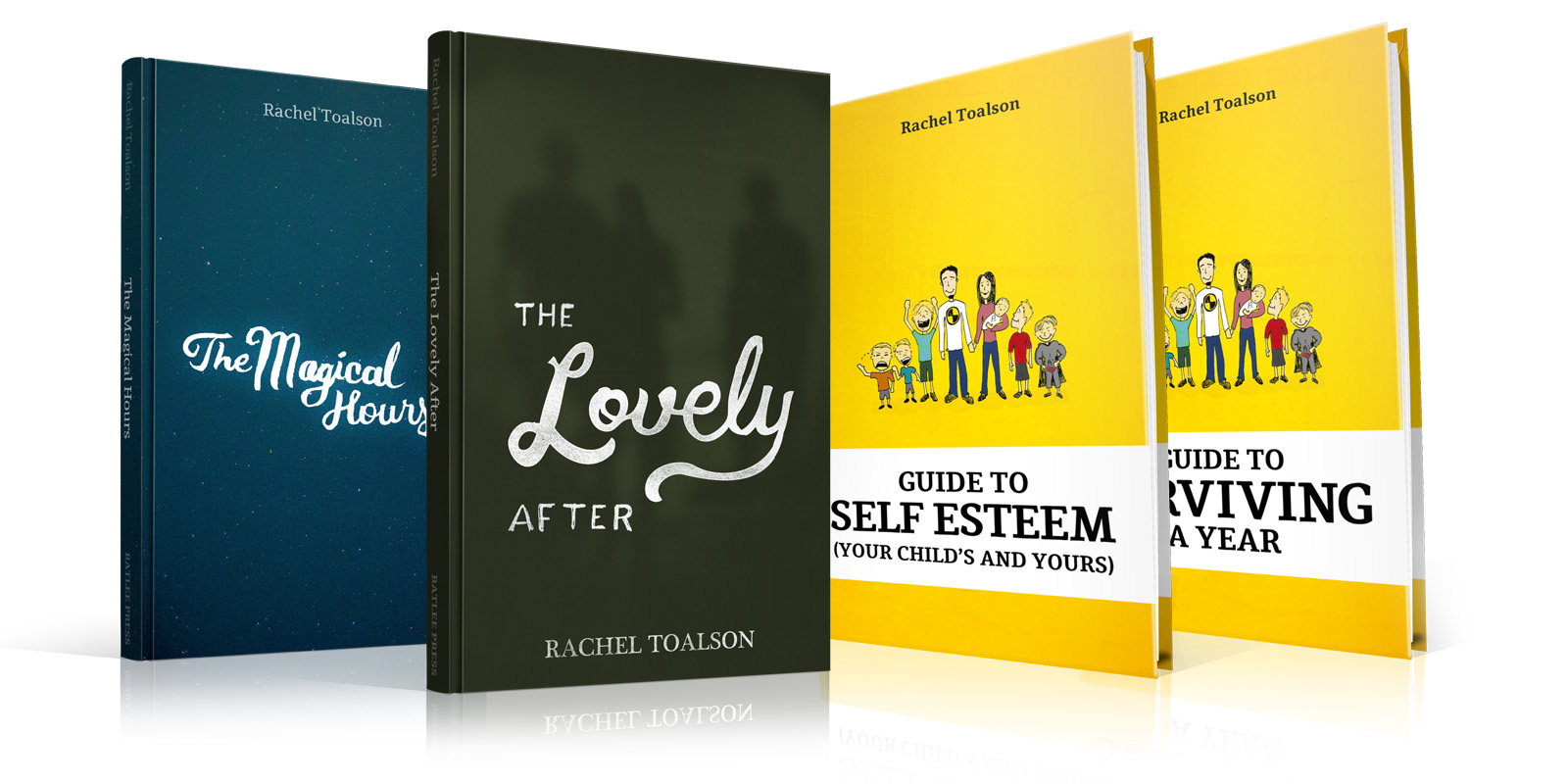At any given time, I’m working on between three and five manuscripts.
Some people’s jaws drop when they hear a thing like that (probably because the average person can hardly imagine working on one manuscript!).
Maybe it’s a leftover consequence of my decade in journalism, when I was balancing feature stories, in-depth investigative series, and the daily news articles that popped up unexpectedly. Or maybe it began even before that. For as long as I remember I’ve had lots of plates to juggle.
In middle school I played every sport imaginable, worked hard to get all As, played the clarinet, and wrote stories on the side. In high school I added to that class president, a boyfriend, and a part-time job. In college I had all of that (minus the boyfriend—I was more focused on education) plus another part-time job (two total—which still didn’t pay like a full-time job), a minimum of four writing-intensive classes per semester, and a band I sang and played guitar in.
I’m a busybody. I like to stay active. My brain works best when it has more than one thing to focus on. Otherwise it can get very anxious and obsessive.
Not everyone works this way. So the first thing I want you to know is that your process is your process. If you don’t enjoy juggling multiple projects at one time, that’s okay. Or if you’ve tried it before and it just doesn’t work for you, that’s okay, too. We are all different people with different brains, and one person’s way doesn’t make another person’s way wrong.
But I do have some tips that have been helpful for me, if you’d like to try (or try again) balancing multiple projects.
1. Make sure they’re different.
When I pick up new projects to write, I try my best to make sure they’re different genres, different age groups, or different narrators from the projects I’m already working on. For example, right now I’m working on two young adult literary books from a female perspective, a middle grade realistic fantasy book from a female perspective, a middle grade horror book from a male perspective, and a young adult biography in verse from a female perspective.
Why am I working on two young adult literary novels at once? Because one is a first draft and the other is a much later draft. One has a female voice that is angry and sarcastic; the other has a female voice that is curious and exploratory. They are in different stages, and they’re different people.
The pitfall we have to look out for when balancing multiple projects is making sure the narrator’s voice or the narrative voice of the story doesn’t sound the same in both. So we have to make sure we know our characters and/or the tone or voice we’re trying to capture in the story.
2. Don’t sacrifice one for the other.
What I mean by this is don’t move on to project #2 just because it’s the new and shiny idea. Writers are notorious for hitting a wall in project #1 and picking up a new project because it’s new and exciting—but never finishing project #1. So if you pick up a new project, make sure you also have plans to finish your first project. It deserves at least that.
It is, of course, perfectly fine to spend more time or an unequal amount of time on project #2, because it’s shiny and new and feels easy—at least much easier than the old project. This could be part of your process and strategy: spending 70 percent of your time on the new project and 30 percent on the old, until the old is done. Because eventually project #2 will get old, and you’ll need to pick up another project to spend 70 percent of your time on.
Do what works for you. Just don’t abandon a story that deserves to be told.
3. Let your brain lead the way.
The subconscious mind does a lot of work behind the scenes, without our even realizing it. That’s why I love balancing multiple projects. It allows my brain to play with a lot of different possibilities. Many times, when I’m writing on project #1, I’ll have a major breakthrough for project #2, and vice versa. The creative brain is a mysterious thing. Inspiration comes at the most unexpected of times.
That said, make sure you have a means of capturing these breakthroughs and little ideas the brain sends. I keep all mine in an idea journal, to revisit later, when I need them.
You may try balancing multiple projects and it absolutely doesn’t work for you—and that’s okay! Keep writing the way that works for you.
Or you may try it and think it’s the best thing ever.
To which I say: Welcome to the club.
Have a fantastic month of creating.


